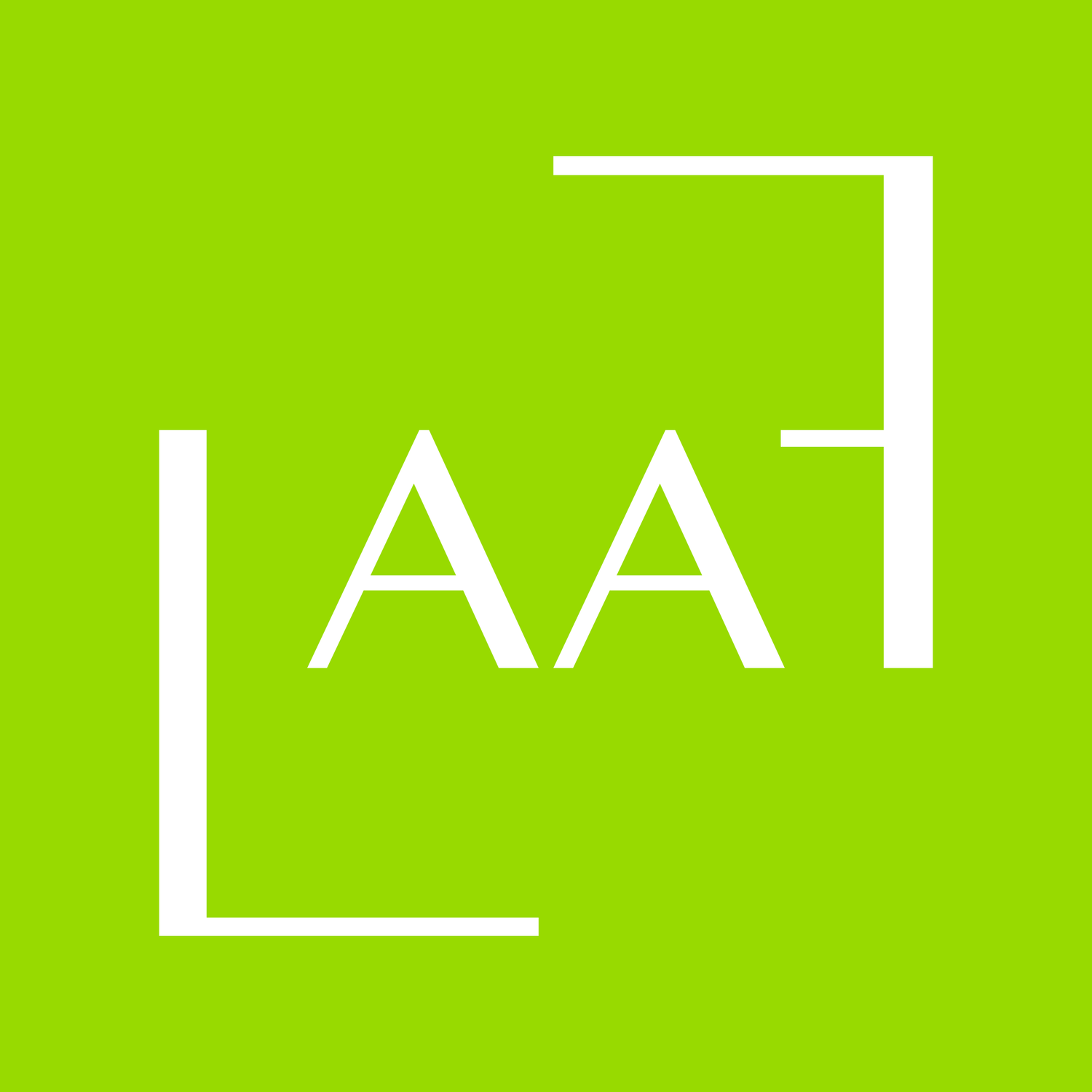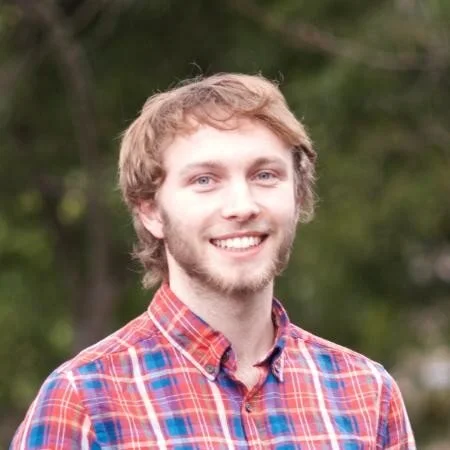Maximizing Impact with Intentional Life Planning
By Will Roderick
This blog post is included as part of the “I Am a Philanthropist” series, which highlights different ways that philanthropy students hope to create social impact. The views and opinions expressed in this blog are those of the author and do not necessarily reflect the ideas, views or opinions of LAAF.org
I hope to help others align how they live their lives with what they care about so as to maximize their impact on what they value. But doesn’t everyone already do that? It might sound easy, almost obvious. I thought so until I came to the end of my PhD and, for the first time, really had to confront what I would do in the future.
I wanted to apply my research in robotics to curb the devastation of climate change, but I started to wonder whether that would be the most effective way to help the environment. Should I work as a climate scientist? Should I try to make as much money as possible and donate it? After all, just a couple hundred dollars could offset my carbon emissions for an entire year! This phenomenon of good intentions that don’t result in the intended impact is pervasive. It extends far beyond environmental issues, from the effects of fair-trade goods to those of charity donations. Ultimately, there are so many individuals in the world with good intentions and a huge amount of opportunity to create change. Many of them have not, just as I had not, really paused to think about whether their path is having the impact they intend. If I can help those people align their decisions and actions with what they care about most, the cumulative impact will grow immensely.
“This phenomenon of good intentions that don’t result in the intended impact is pervasive.
As a PhD student at Stanford, I am well positioned to help students. My position enables me to teach, and there are immense resources at the university for implementing courses. Further, my background in scientific reasoning prepares me well to teach evidence-based decision making, which is crucial for ensuring that we are indeed creating our intended impact.
Therefore, my social change goal is to teach and mentor students at Stanford University to help them figure out how to spend their time after school in order to maximize their impact on what they care about. Students are an ideal population to focus on because they are at a formative point in their lives, where they are preparing for their careers. And yet, despite wanting to make a difference, many students don’t know what career path to pursue in the future. I plan to establish a course at Stanford that will (1) serve as a space for thinking about the future and (2) give a framework for assessing and maximizing impact. I hope that the students will leave the class with a sense of confidence in how they can find a meaningful career that will make the difference they want to make.
December 17, 2018

